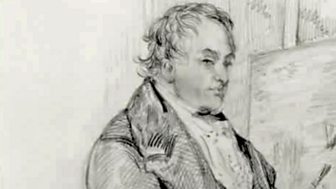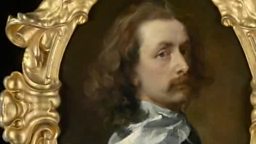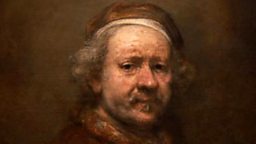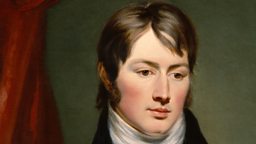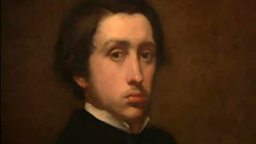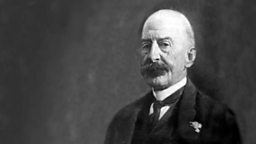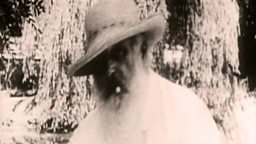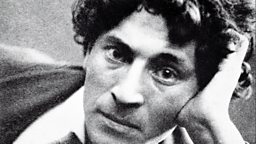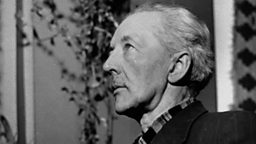J.M.W. Turner (1775-1851)
Turner is one of Britain鈥檚 most celebrated artists and is considered the master of British landscape painting.
Joseph Mallord William Turner was born in London in 1775. Educated in Brentford and Margate, Turner entered the in 1789.聽
my job is to draw what I see, not what I knowJ.M.W. Turner
His earliest works were . However landscape and topographical drawing and painting were not taught at the Royal Academy. Turner and his friend Thomas Girtin enlisted the help of a man called Dr Thomas Monro. Monro was also a collector and amateur artist who assembled young artists at his house in the Adelphi to copy drawings in his collection.
He was also a physician who specialized in mental disorders. He later treated Turners mother聽
Turner exhibited at the Royal Academy from 1790. Firstly he exhibited watercolours and then oils from 1796. Some of his first important commissions were for architectural and topographical watercolour such as . However important patrons soon began to support his other work.
In 1802, a group of noblemen sponsored a visit to Paris enabling Turner to study the old masters in the Louvre.聽
He was elected Associate of the Royal Academy in 1799 and Academician in 1802. Despite only being in his twenties at this point, Turner was considered to be a genius who promised to be the outstanding painter of his time.
He would spend his summer travelling and looking for inspiration and in winter, he would return home to work on his paintings.
In 1819, Turner travelled to Italy for the first of many trips. He was greatly inspired by the historical monuments and works of art he saw there (particularly in Venice). These trips formed the basis of some of his best work.
By 1840, Turner鈥檚 work was beginning to fall out of favour until crucially, he met the critic who championed his work. It was during this period that Turner created some of his best known work such as ''.
Whilst not always appreciated in his lifetime, his use of colour and light and the almost abstract way he painted his subjects are today greatly cherished.
Turner never married but instead had a long-standing and controversial relationship with Mrs Booth, the landlady of the boarding house he often stayed in at Margate.
On his death in 1851 Turner bequeathed much of his work to the nation. A majority of these paintings are now at Tate Britain.
Clips
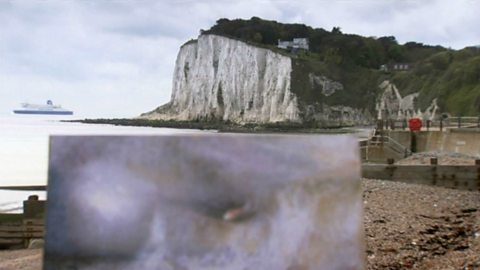
Thanet Coast or Isle of Wight?
Philip and Bendor set off to the Thanet Coast to prove 鈥楤eacon Light鈥� was painted there.
See also
